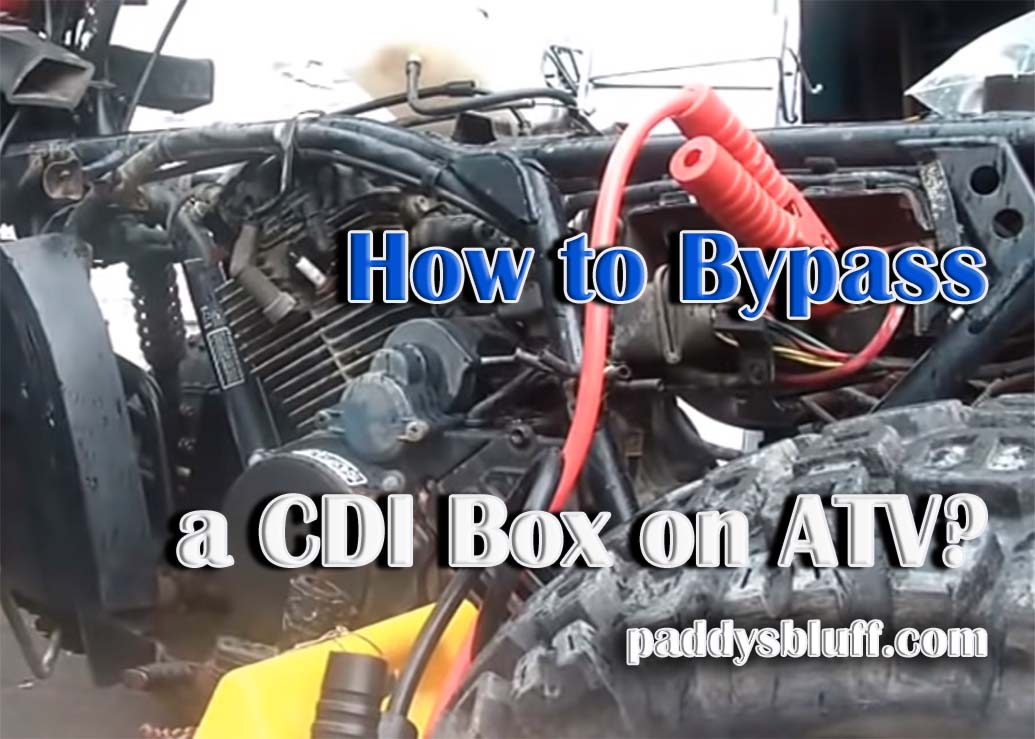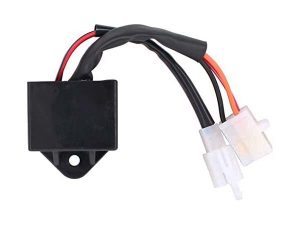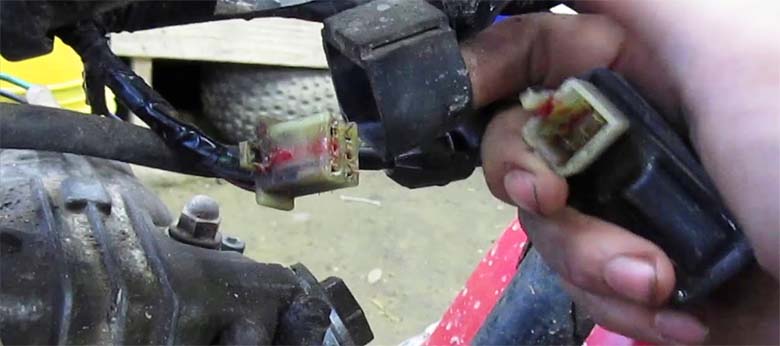
How to Bypass a CDI Box on ATV?
Without getting into boring technical detail, let me just say that a CDI box is an important part of the engine ignition process. It stores energy, or, rather, an electrical charge, much like a battery, and starts an ignition. Initially, capacitor- discharge ignition boxes were invented to avoid overly long charging times. These units are mostly found in bikes, boats, and, of course, ATVs.
Now, if the sparks aren’t strong enough, and/or if the motor is struggling to start, chances are, it’s the CDI acting up. So, what should you do? Can you bypass a CDI box to figure out what’s causing the malfunction? The answer is yes, you can, but there are strict instructions to follow. In this guide, I’ll tell you everything about bypassing the box without damaging the ignition system. Let’s get right to it!
Step #1: Make Sure the Bench is clear
Flammable liquids inside of the bench can lead to rather bad consequences. So, the first thing that you should do is to make sure the bench is crystal clear. Even if there’s a tiny bit of fuel left in the engine chamber, chances are, the bench will  “light it up”. Next, test the battery unit. If it can’t reach a full charge, maybe it’s time to replace it. Batteries are often the cause of bad starts, and the sooner you figure out the faulty part of the ignition system, the better.
“light it up”. Next, test the battery unit. If it can’t reach a full charge, maybe it’s time to replace it. Batteries are often the cause of bad starts, and the sooner you figure out the faulty part of the ignition system, the better.
Step #2: Remove the Ignition Box from the Equation
Now for the main event: the CDI box is usually colored black and has a pair of plugs. You should also see a bullet connector: remove it to be able to work with the electronic components. I highly recommend getting your hands on the service manual, because to get everything right, you’ll need to follow the provided instructions. Most likely, the ATV came with a detailed user guide. It will answer the question – how do you bypass a CDI box?
This isn’t rocket science, though: all you’ll have to do is cut the right wires so that the CDI isn’t “in business” anymore. Some quad vehicle drivers even go the extra mile and take the box out completely, cutting all the wires and leaving a hole in its place. You shouldn’t do that, however, because if you learn that the box isn’t the issue, you’ll still have to pay a pretty penny for a new one.
And before you do anything with the electronics, turn the vehicle off and let it cool down for a while. I’d say wait for at least a couple of hours – ATV engines are known to stay warm for quite some time.
Step #3: The Resistance Specs Come Next
To figure out the exact resistance of the ignition box, use an ohmmeter. It is a pretty straightforward, intuitive device. This is important: although most ATVs are designed and manufactured to universal standards, they still have different electrical resistance. I’m talking about the coil, of course. So, what you should do is make sure your vehicle’s coil meets the resistance levels that are specific to your four-wheeler.
If it doesn’t, then I bet you’re dealing with a damaged coil that needs to be replaced as soon as possible. Again, refer to the service manual for the resistance specs. If you can’t find it anywhere, look for it online. Search for your ATV’s EXACT make, model, year, and engine.
With that out of the way, go ahead and ground the wire that’s running from the stator (a component of the CDI box) to the motor. Then, disconnect the main ignition box wires. Double-check this, because if you forget to take care of the wires, you may end up creating a short circuit and ruining the capacitor discharge ignition box, the engine, and the battery altogether.

Step #4: Measure the Winding Resistance
I know we just used the ohmmeter to check the coil’s electrical resistance, but that’s not it yet. What you must do next is measure the coil’s winding resistance. And remember: to do everything properly, measure both the primary and the secondary coil resistance. Start by touching the contacts coming out of the distributor. For the secondary resistance, locate the ignition coil’s outer and inner contacts.
You should be able to see the distributor connecting to the main wires – that’s the spot. The ohmmeter takes very little time to do its job. So, go ahead and compare both resistance measurements with the vehicle specifications we discussed earlier. They need to be a 100% match. If they’re not, the ignition box needs to be replaced. A damaged/malfunctioning CDI box can cause you a lot of trouble. So, again, replace it the first chance you get.
Step #5: Go Slow
There’s nothing worse than rushing yourself, especially when trying to fix something in your all-terrain vehicle. Take a slow pace; read the service manual a couple of times to really know what you’re doing. Always be super careful when dealing with electronic components, as they can be pretty dangerous. I already mentioned that the engine needs to be turned off and cooled down.
On top of that, make sure to wear protective gloves and at least some sort of protection for the eyes. And if you’re not sure that you’re up to the task, I advise letting a professional handle it. Good news: mechanics usually don’t charge a lot for bypassing the ignition box, as the whole process takes 30 minutes tops.
A quick note: CDI boxes are pretty sturdy and long-lasting, but they do fail sometimes. Mostly, this is due to the “abuse” and beating. All the vibration, branches and bushes, and the heat cause these devices to break down. The electronic components are pretty fragile, so, take proper care of them.
Conclusion
CDI boxes have one important job: they receive voltage from the battery and discharge it to start the ignition and fire up the engine. Now, a brand-new CDI usually costs a lot, which is why it would be wise to troubleshoot it first before buying another igniter box. Misfires, engine stalling, rough running – these can all be symptoms of a bad CDI box. Today, we learned how to bypass it to figure out which component is acting up.
While this isn’t a procedure for the amateurs, if you followed my guide closely, I bet you know your way around the CDI module by now. Still got some questions left you’d like to find answers to? Don’t hesitate to send me a message or start a conversation in the comments section. I’ll see you out there!


